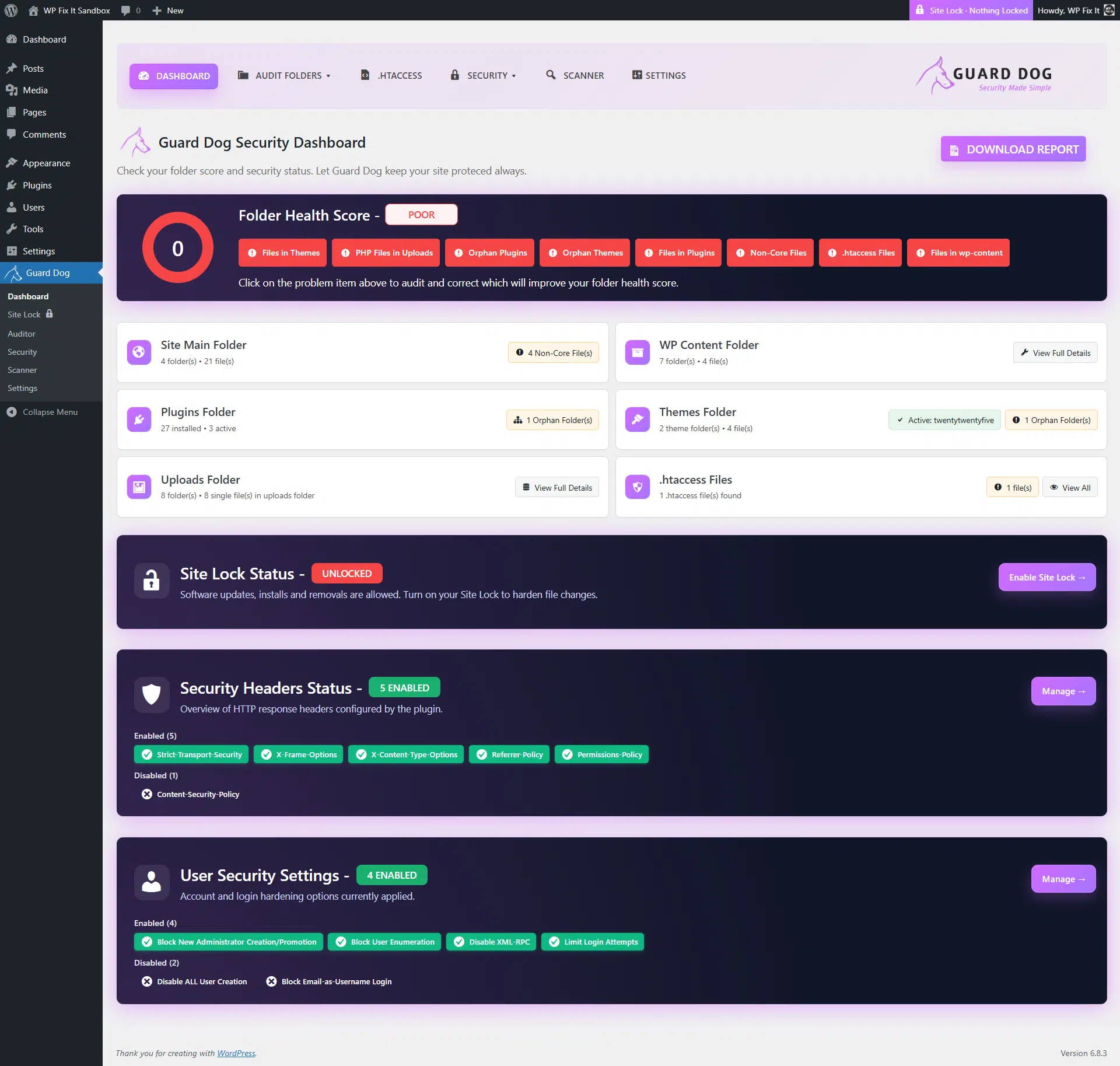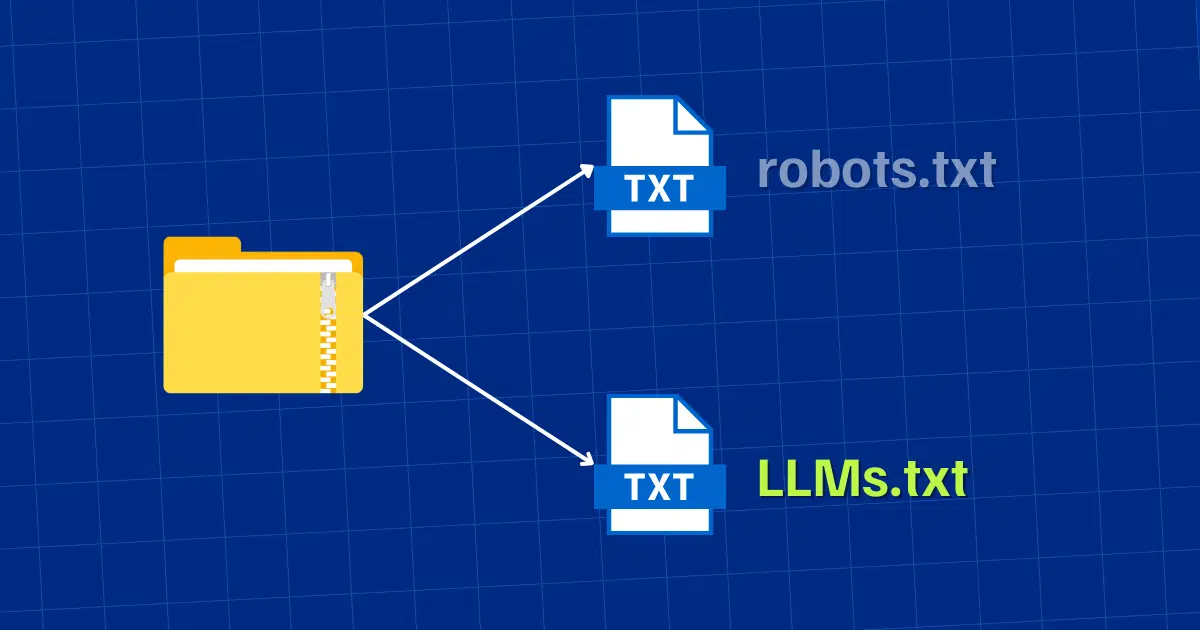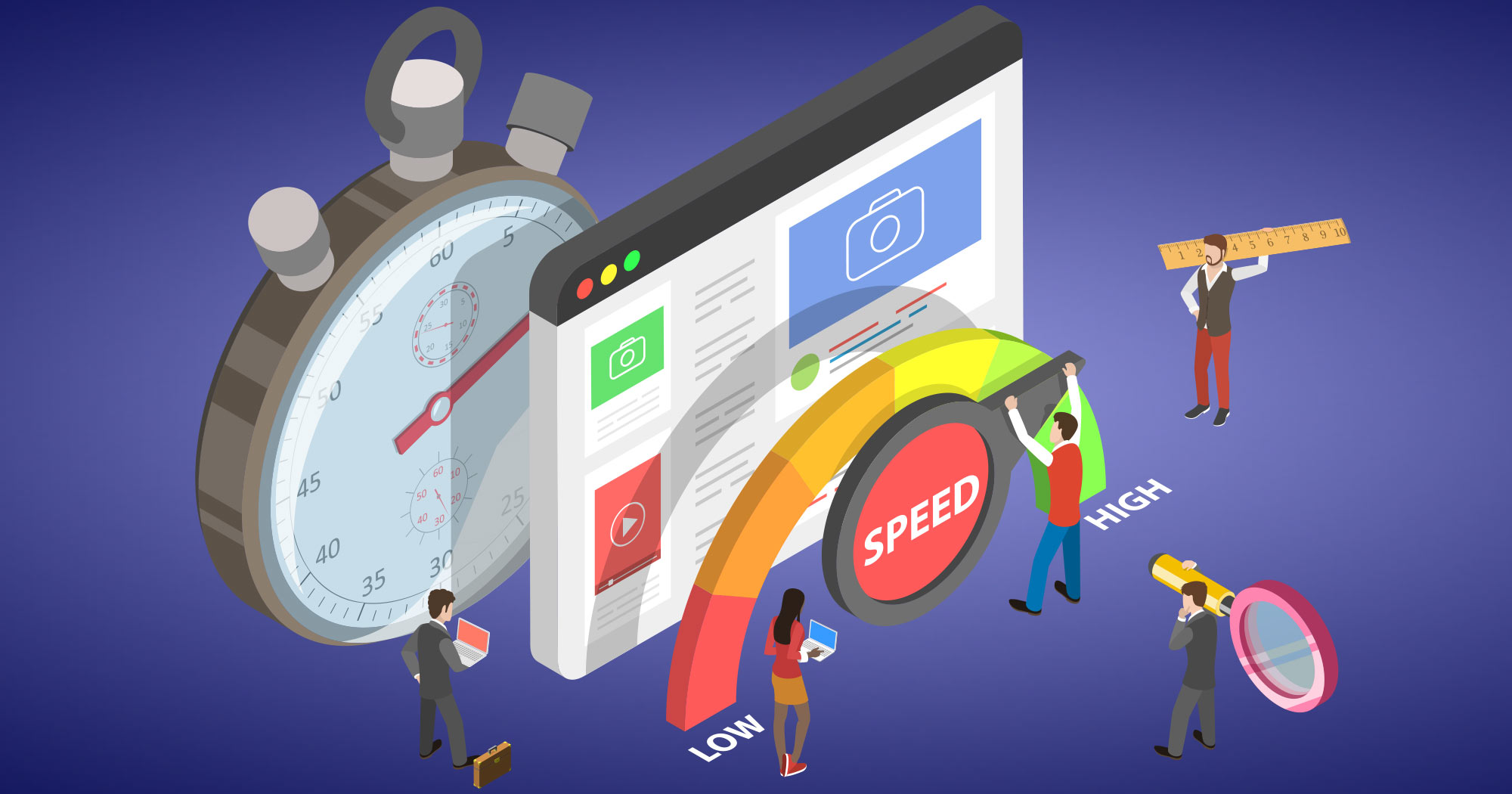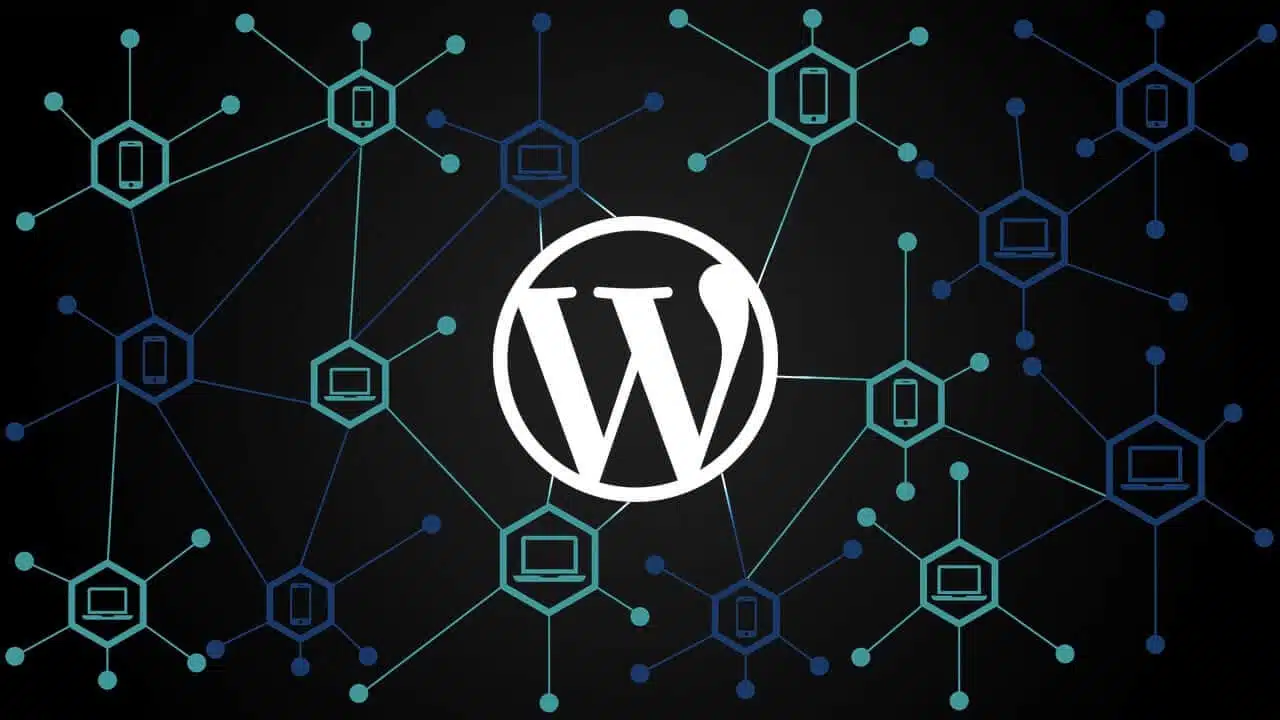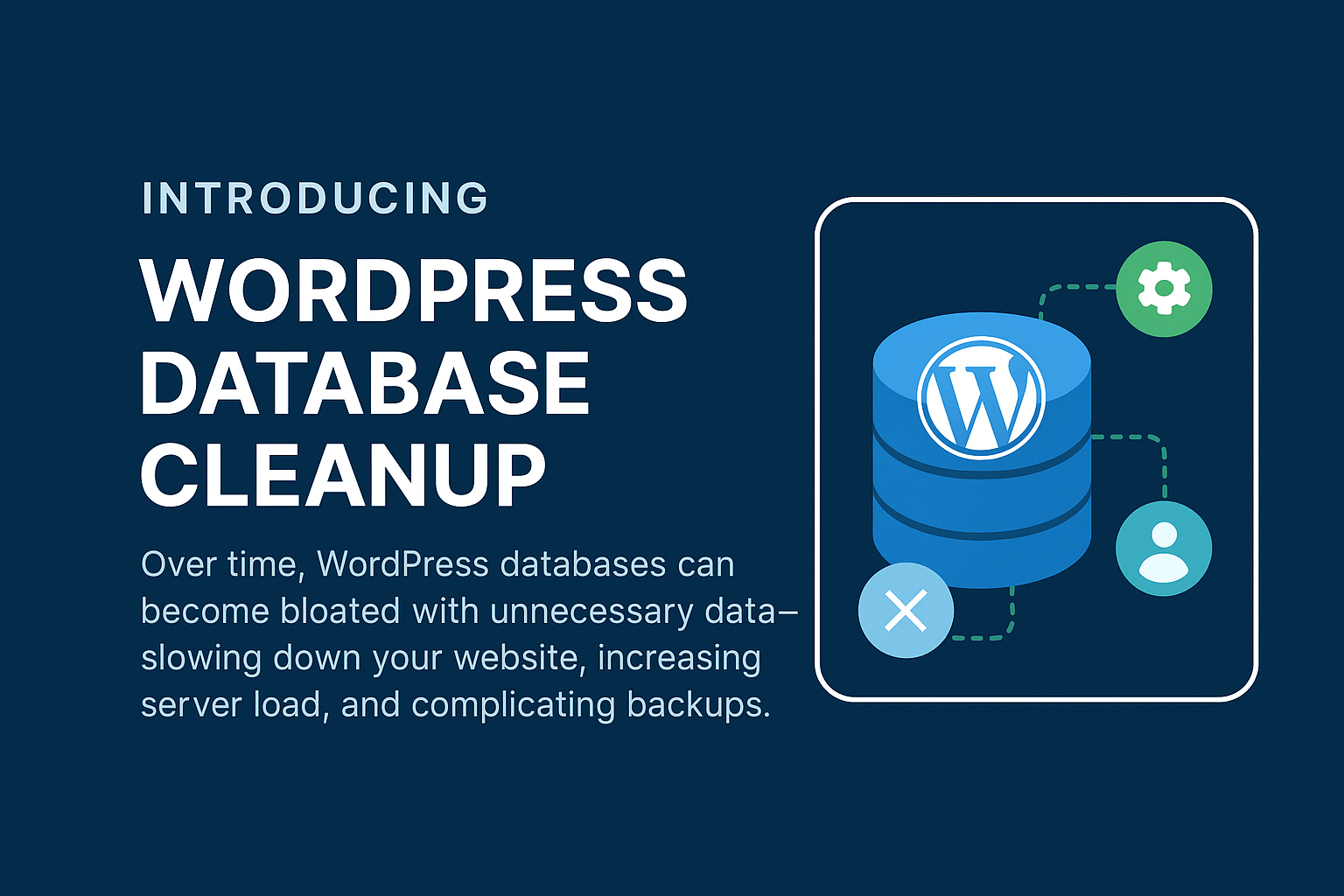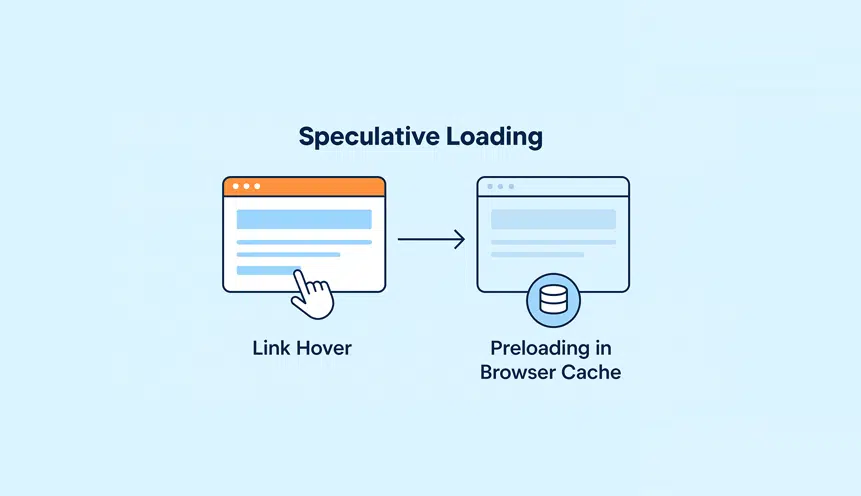Guarding Your WordPress Fortress: Tips for Effective Infection Removal
WordPress is a popular and powerful content management system (CMS) that is used by millions of website owners around the world. However, its popularity also makes it a prime target for hackers and Malware infections. In fact, according to a report by WP Fix it, 90% of all infected websites in 2018 were powered by WordPress.
As a website owner, it’s crucial to take proactive measures to guard your WordPress fortress and protect it from infections. While prevention is always the best strategy, it’s also important to know how to effectively remove infections if your site does get compromised. In this article, we’ll provide you with tips for both preventing infections and removing them if they do occur.
Prevention Tips:
1. Keep WordPress and Plugins Up to Date: One of the most common ways hackers gain access to websites is through outdated WordPress core files and plugins. Make sure to update your WordPress installation and all plugins regularly to ensure they are all running the latest security patches.
2. Use Strong Passwords: Weak passwords are a common entry point for hackers. Use strong, unique passwords for your WordPress admin account and all other user accounts on your website.
3. Install Security Plugins: There are several security plugins available for WordPress that can help protect your website from malware, brute force attacks, and other security threats. Some popular ones include WP Fix it Security, Wordfence Security, and iThemes Security.
4. Enable Two-Factor Authentication: Two-factor authentication adds an extra layer of security by requiring users to provide two forms of authentication before they can access your website. This can help prevent unauthorized access even if someone has your password.
5. Regularly Backup Your Website: In case your website does get infected, having a recent backup can make the restoration process much easier. Make sure to regularly back up your website, and store the backups in a secure location.
Infection Removal Tips:
1. Take Your Website Offline: As soon as you suspect that your website has been infected, take it offline to prevent further damage and to protect your visitors from malicious content.
2. Scan Your Website: Use a reliable malware scanner to thoroughly scan your website for infections. There are several malware scanning tools available, such as WP Fix it SiteCheck, SiteLock, and MalCare.
3. Identify and Remove Malicious Files: Once the malware scanner identifies infected files, you’ll need to remove them from your website. This may involve deleting the infected files or replacing them with clean copies from your backups.
4. Update WordPress and Plugins: After removing the infected files, make sure to update your WordPress installation and all plugins to their latest versions to ensure there are no remaining security vulnerabilities.
5. Change All Passwords: Once your website is clean, change all passwords associated with your website, including those for your WordPress admin account, Hosting account, and FTP access.
FAQs:
Q: How do I know if my website has been infected?
A: There are several signs that may indicate your website has been infected, including unexpected changes to your website’s appearance, slowdowns or crashes, and warnings from your web browser about potential security risks.
Q: Can I remove malware from my website without a backup?
A: While it’s possible to remove malware from your website without a backup, having a recent backup can make the process much easier and less risky. If you don’t have a backup, consider seeking professional assistance to ensure the malware is removed safely.
Q: Is it possible to prevent all infections on my website?
A: While it’s not possible to guarantee 100% protection against infections, following the prevention tips mentioned in this article can significantly reduce the risk of your website getting infected.
In conclusion, guarding your WordPress fortress against infections requires a combination of preventative measures and effective infection removal strategies. By staying proactive and taking the necessary precautions, you can protect your website from the ever-present threat of malware and hackers. And in the unfortunate event that your website does get infected, knowing how to effectively remove the malware can help you get back up and running as quickly as possible.
Post Summary:
WordPress is a popular target for hackers and Malware infections. To protect your website, take proactive measures such as keeping WordPress and plugins up to date, using strong passwords, and installing security plugins. Enable two-factor authentication and regularly backup your website. If your site is compromised, take it offline and scan it for infections. Remove malicious files and update WordPress and plugins. Change all passwords associated with your website. Signs of infection include unexpected changes, slowdowns, and security warnings. While 100% protection is not guaranteed, following these tips can significantly reduce the risk of infection.





